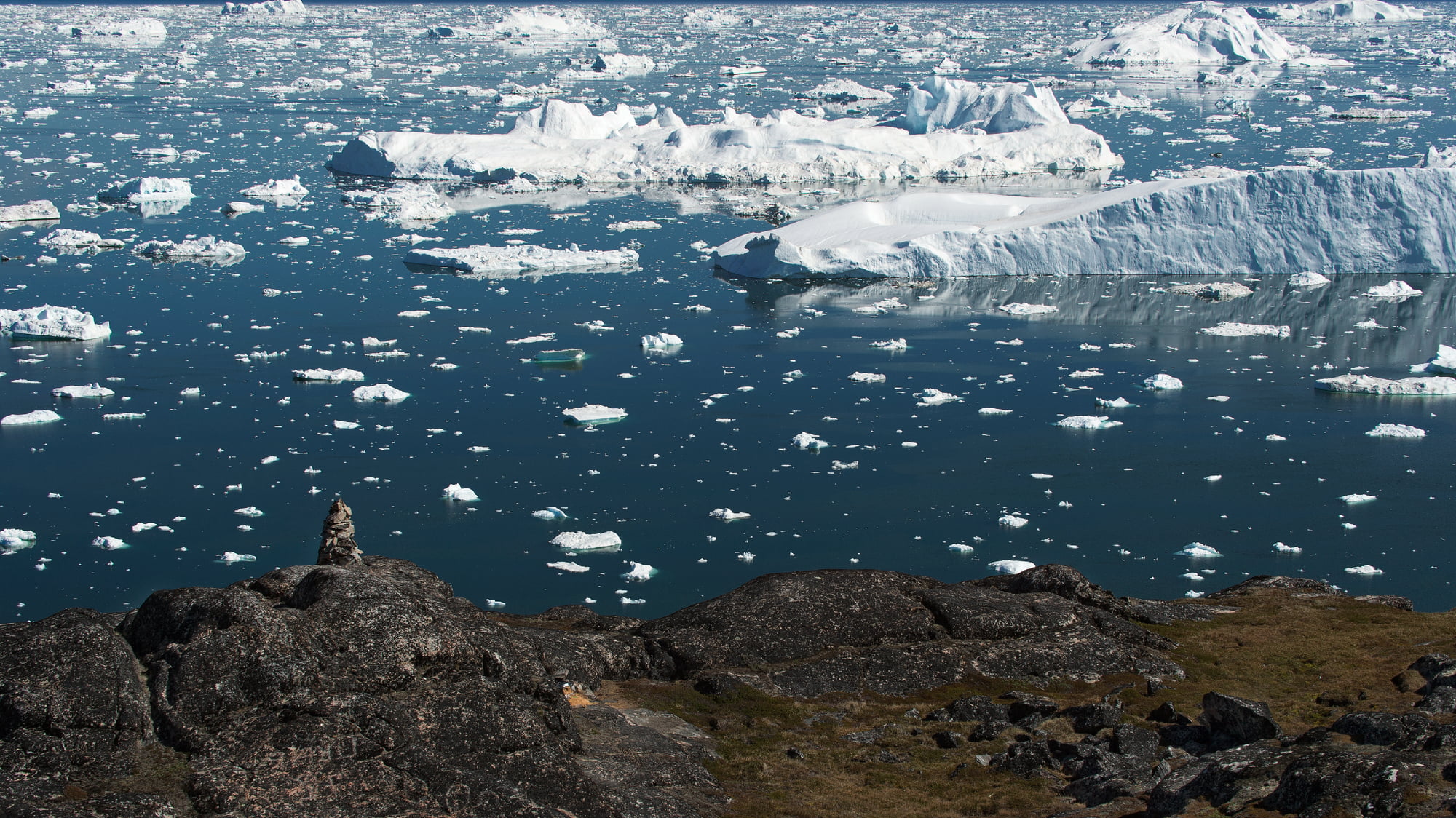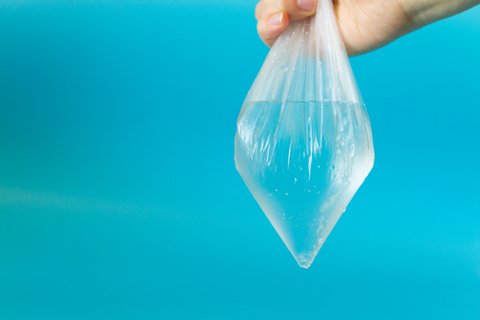Learn about carbon dioxide as a greenhouse gas
There are several ways to demonstrate the greenhouse effect in the classroom:
A good lab based experiment is described on the RSC website
Iain Stewart used a candle with an Infrared camera and carbon dioxide in a BBC documentary. Unfortunately, it is very difficult to recreate this in the classroom.
The following experiment, which demonstrates that increasing the greenhouse gas concentration leads to an increase in temperature, is commonly shown. However, it has a number of flaws – it is very hard to make sure that both jars receive the same amount of energy, that the colour of the jars and their surroundings isn’t having an effect on the experiment and most importantly, that the chemical reaction producing the CO2 doesn’t affect the temperature recorded. There will also be variations in the amount of water vapour, another greenhouse gas, in the two jars, and care should be taken not to suggest that the jars are a good analogy for the Earth’s atmosphere and climate system.
Equipment
◊ A desk lamp with a normal lightbulb (not energy saving or fluorescent)
◊ Two jam jars with lids
◊ Vinegar
◊ Bicarbonate of soda
◊ Two thermometers small enough to fit into the jam jars
Method
1. Pour 2cm depth of vinegar into each jam jar
2. Add a thermometer to each jar, put the lid back on and place underneath a lamp for about 10 minutes.
3. Record the temperature of both thermometers.
4. Add about half a teaspoon of bicarbonate of soda to one of the jars and quickly screw the lid back on.
5. Put both of the jars underneath the lamp again for about 10 minutes.
6. Record the temperature of both thermometers again. The jar with the vinegar and bicarbonate of soda should have heated up most. This is because the reaction between the vinegar and the bicarbonate of soda releases carbon dioxide, a greenhouse gas, which absorbs infrared radiation (in this case heat from the lamp).
NB heat is also released by the reaction, so make sure the reaction has finished before you look at the temperature!
So how does this relate to atmosphere?
The sun is the external heat source for the Earth. If the Earth didn’t have an atmosphere with naturally occurring greenhouse gases it would be much colder than it is now: in fact it would be nearly -18°C, 33°C colder than the average temperature of the Earth today. Greenhouse gases exist naturally in the air and trap heat energy coming from the Earth, in a process known as the greenhouse effect. Greenhouse gases include water vapour, carbon dioxide, methane and nitrous oxide.
In the last couple of centuries, humans have increased the greenhouse gases in the atmosphere and this has enhanced the greenhouse effect leading to a greater amount of heat being trapped in the atmosphere. There is compelling evidence that most of the recent climate change is caused by man-made greenhouse gases.




